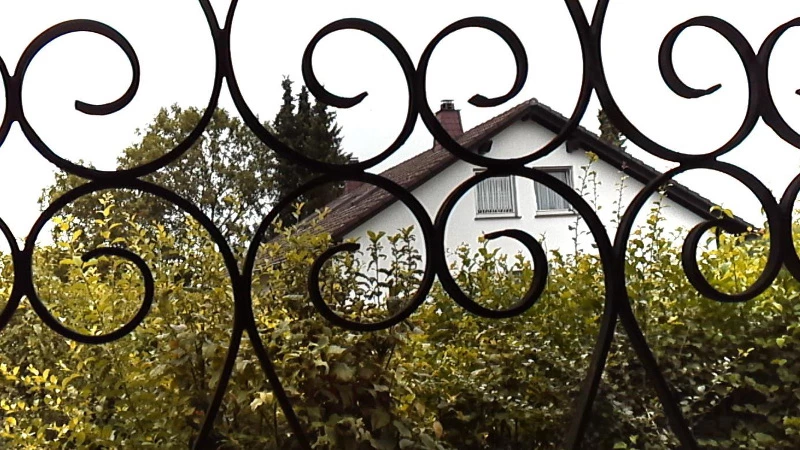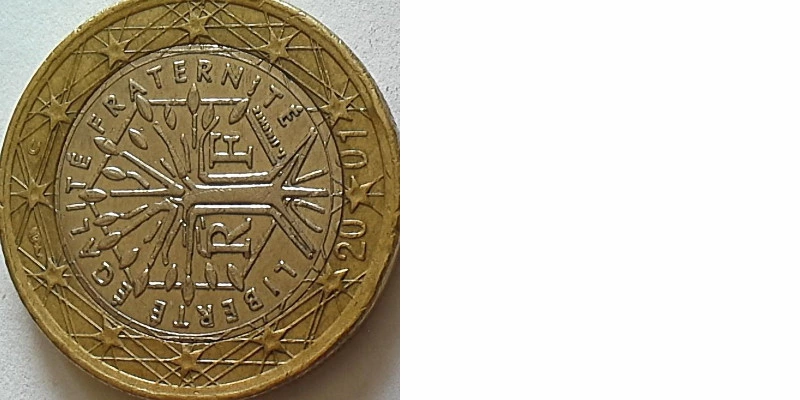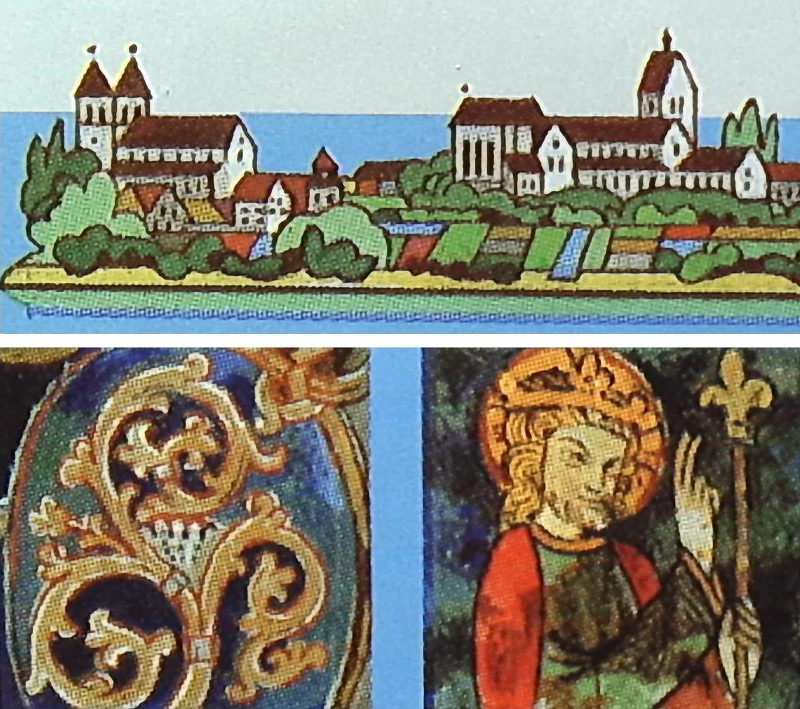Mikroskopkamera: Verwendung ohne Mikroskop
Veröffentlicht am 24. August 2016 von TIS Marketing.
Ursprünglich veröffentlichter Artikel in der Fachzeitschrift Mikroskopie (Jahrgang 3, Nr. 1/2016, S. 37-51) von J. Piper und M. Torzewski. Gegliedert in Abschnitt: 1, 2, 3, 4, 5, 6, 7, 8, 9, 10 und 11.
Verwendung des Kamera-Bodys ohne Mikroskop
Da der Kamera-Body über eine eigene Optik mit Autofokus und Zoom-Funktion verfügt, kann er grundsätzlich auch für sich alleine als Aufnahmegerät verwendet werden. Der linsenlose Tubus wird hierfür zweckmäßigerweise entfernt, weil dessen äußere Randbegrenzung das Aufnahmefeld rund abschattet. Es zeigte sich, dass diese "MiniKamera" einen sehr weiten Einstellbereich hat, von Unendlich bis zu etwa 4 cm. Bei höchstmöglicher Naheinstellung wird eine Objektlänge von 5,5 cm erfasst (entsprechend der Bildlängskante im Format 1920x1080). Auch hier kann die Zoomfunktion uneingeschränkt verwendet werden. Die Abbildungen 18, 19 und 20 zeigen Bildbeispiele, welche die sehr hohe Schärfentiefe und gute Detailauflösung dieser Kamera im "Stand alone"-Betrieb belegen. Noch weitergehendere Makrofunktionen können erschlossen werden, wenn die Kamera mit einem geeigneten Vorsatzlinsensystem bestückt wird, welches mit der kameraeigenen Zoom-Optik interagiert. Für orientierende Tests wurde ein achromatisches Nahlinsensystem (20 Dioptrien) der "Magniflash"-Einrichtung verwendet, so dass bei höchstmöglicher Naheinstellung ohne Zoomaktivierung eine Objektlänge von etwa 2,5 cm in sehr guter Schärfe, Auflösung und Planität ohne relevante Verzeichnungen zur Abbildung gebracht werden konnte. Eine solche Kombination ist allerdings nicht mehr freihandtauglich, weshalb verstellbare Stativkonstruktionen unabdingbar wären, um verwackelte Fotos zu vermeiden. Das "Magniflash"-System wurde in einem früheren Beitrag unserer Zeitschrift ausführlich beschrieben [Mikroskopie. 2014; 1: 39-51].



